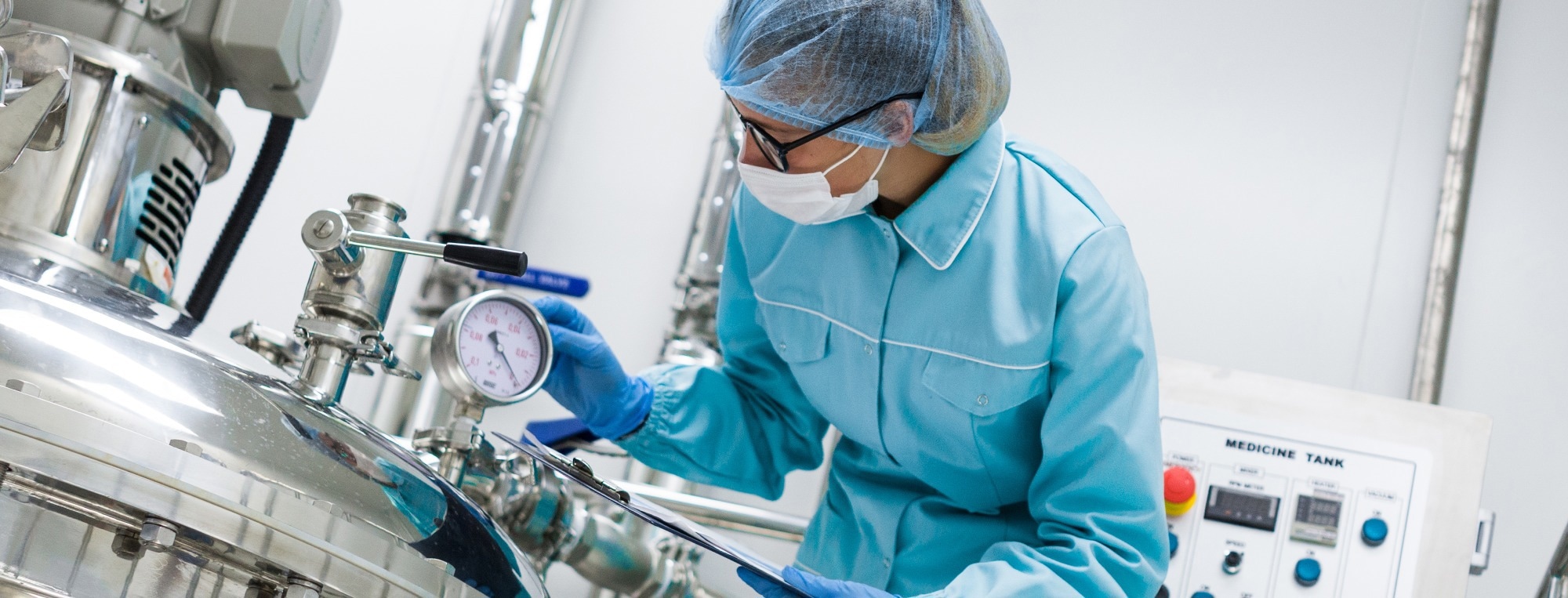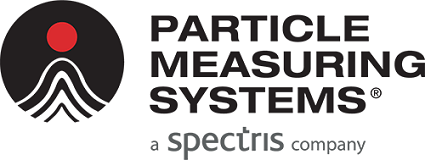A new modification of the EU GMP Annex 1 regulatory standard for sterile drug products was announced in August 2022, substituting the most recent 2020 draft and the previous 2008 revision. The new standards must be implemented by August 25th, 2023, one year following their release.
 Image Credit: Jasen Wright/Shutterstock
Image Credit: Jasen Wright/Shutterstock
These specifications control the production of sterile pharmaceuticals produced in and imported into the EU. Pharmaceutical production is carried out in controlled surroundings to minimize contamination, and recent revisions announced by Annex 1 place a greater emphasis on strategic control than on quality measurement.
The World Health Organization (WHO), the Pharmaceutical Inspection Cooperation Scheme (PIC/S), and the US Food and Drug Administration (FDA) have all updated Annex 1 to reflect these improvements in manufacturing processes.
The new revision nearly quadruples the length of the previous Annex 1 from 2008 and is a complete rewrite of it. The document is divided into 10 newly created sections.
The division and differentiation of Certification (Section 4) and Monitoring (Section 9), which enables greater guidance and differentiation between premise design/qualification and constant routine monitoring, is one significant sectioning reform. The idea of a contamination control strategy (CCS) is covered in a new section.
Incorporating CCS as a central, holistic approach to how each facet of contamination interacts with the facility as a whole signals a paradigm shift in this part. The definitions of processes, operations, and limits are based on the notion of quality risk management (QRM), which is also discussed in the new section and linked to CCS to balance process and risk.
Furthermore, as stated in the current revision, environmental monitoring standards are practically the same, with a few improved explanations to better correspond with QRM.
Sections of the Annex 1 Document
Sections 4, 5, and 9 are covered in the most detail in this paper.
1. Scope
This section explored the other scenarios (other than those involving sterile products) in which the annex’s general principles can be applied.
2. Principle
The general principles that are used in the creation of sterile products are discussed in this section.
3. Pharmaceutical Quality System (PQS)
The PQS section draws attention to the PQS’s criteria for sterile products in particular.
4. Premises
In this section, general advice is given based on the requirements for designing particular types of premises, as well as advice on determining if a premise is qualified to employ Barrier Technology.
5. Equipment
Section five outlines the general recommendations for equipment design and operation.
6. Utilities
This section provides advice on the particular requirements of utilities, including water, gas, and vacuum.
7. Personnel
Section seven offers advice on the prerequisites for particular education, experience, and abilities. It also provides direction for personnel qualification.
8. Production and Specific Technologies
This section explains the methods that should be used for aseptic and terminal sterilization procedures. It discusses methods for sterilizing items, machinery, and packaging parts, as well as several techniques, including lyophilization and Form-Fill-Seal where particular requirements apply.
9. Viable and Nonviable Environmental and Process Monitoring
The advice in this section applies to ongoing routine monitoring with regard to the design of systems, setting of action limits alarm levels, and examining trend data, which makes it different from the advice in section 4 in that regard. The section also provides recommendations on Aseptic Process Simulation needs (APS).
10. Quality Control (QC)
Section ten outlines some of the particular Quality Control criteria for sterile items.
11. Glossary
Section eleven is a glossary that explains some of the specific terminologies that are used.
References
- Annex 1 2022, “Manufacture of Sterile Products”. EU GMP Guide for Good manufacturing practice for drug products and drug substances.
- Eudralex Volume 4–Annex 1 2008

This information has been sourced, reviewed and adapted from materials provided by Particle Measuring Systems.
For more information on this source, please visit Particle Measuring Systems.